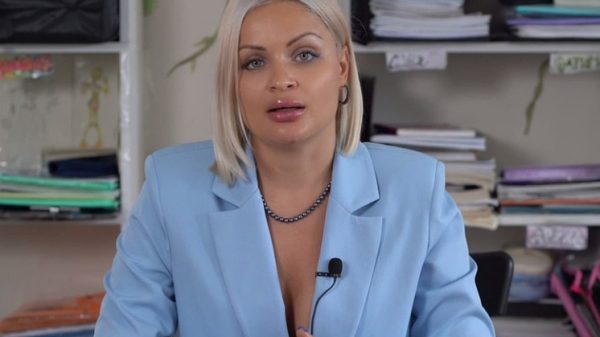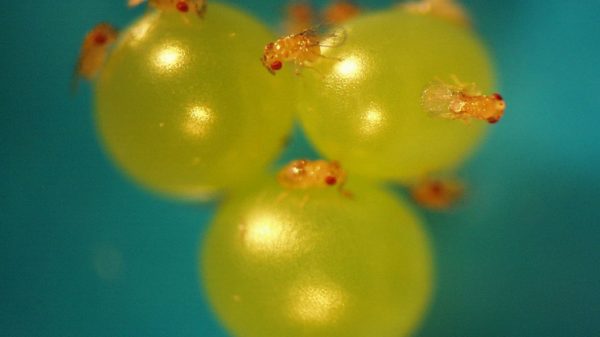Two eagle rays have surprised New Zealand aquarists and bemused scientists by giving birth without any males in their tank.
Nibble and Spot, both female and housed in the walk-through tunnel display at the SEA Life Kelly Tarlton’s Aquarium in Auckland, had pups on New Year’s Eve despite not having been near a male in two years.
Andrew Christie, the curator of the aquarium, believed the most likely explanation is that the rays had stored sperm from their last encounter.
Sperm storage is a relatively common strategy in fish species as well as insects, bats and turtles as a form of insurance against failing to find a partner in the wild. It is thought sperm can be retained for between one to two years, ready to be deployed at ovulation.
Nose his business: New Zealand trains dogs to sniff out deadly kauri tree disease
Read more
“It seems to be particularly common in species that don’t encounter each other that often,” said Adele Dutilloy, a fisheries modeller at the National Institute of Water and Atmospheric Research (NIWA).
Earlier this month Dutilloy discovered the first evidence of sperm storage in species of deep-sea sharks, which needed to “make the most of mating opportunities” – not least because of the associated danger. “Shark mating can be very aggressive,” she said.
Dutilloy said the discovery added to scientific knowledge of how those rarely-seen species – thought to be at risk from by-catch of fishing – mature and reproduce. “Being able to understand them can give us a better idea of their resilience.”
But in the case of the surprise eagle rays at Kelly Tarlton’s, Dutilloy believed the more likely explanation was parthenogenesis (or “virgin birth”): a natural process of asexual reproduction, where an egg develops into an embryo without being fertilised.
Compared to sharks, Dutilloy said sperm storage was relatively uncommon in rays, while parthenogenesis had been documented in spotted eagle rays – a close relative of Nibble and Spot’s species.
An 11-year-old spotted eagle ray named Freckle also asexually reproduced at the SEA LIFE Sydney Aquarium in Sydney in 2018, despite not having encountered a male for nearly 10 years.
A tiny scientific marvel: Olaf the IVF toad brings hope to at-risk species
Read more
Whichever way Nibble and Spot came to be pregnant, Dutilloy believed it would be the first documented instance of it in eagle rays. “The only way you can really confirm it for sure is through genetic testing … It would be a really cool thing to do, because it’s never been looked at before.”
Not to mention, she added, it might be beneficial for aquarists to know how, exactly, their numbers might be multiplying.
Maddy Seaman, displays manager at Kelly Tarlton’s, said DNA testing to confirm or deny parthenogenesis would be a possibility once the pups were older, when they would be moved to the Turtle Bay display to be “ambassadors for their species”.
In the meantime, Nibble and Spot’s pups are being kept off-display while they remain small and vulnerable to larger fish, enjoying a diet of fish fillets and mussels.






















































Свежие комментарии